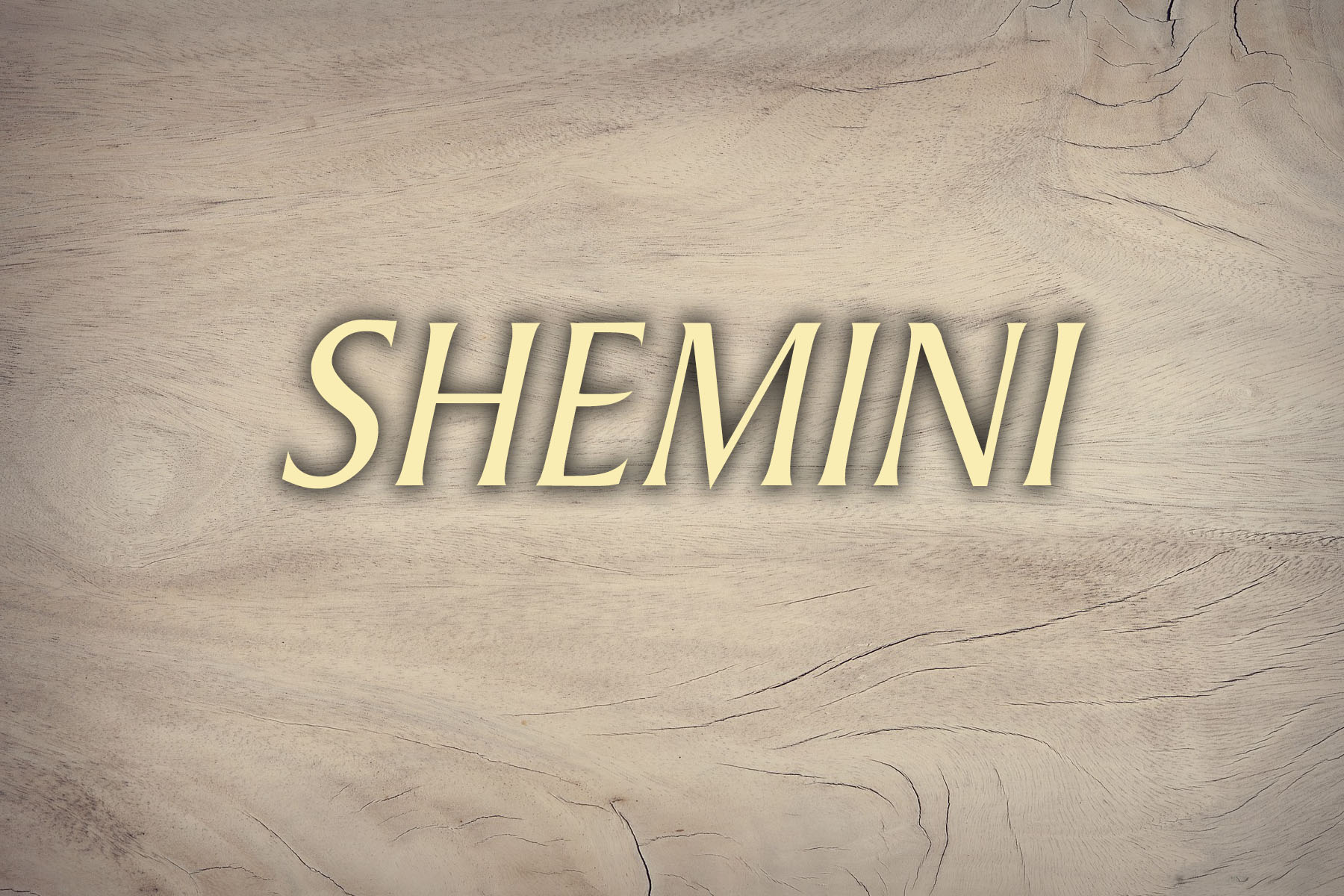
One verse, five voices. Edited by Nina Litvak and Salvador Litvak, the Accidental Talmudist
Among all [creatures] that are in the water, you may eat these:
Any [of the creatures] in the water that has fins and scales, those you may eat, whether [it lives] in the waters, in the seas or in the rivers.
– Lev. 11:9
Rabbi Dr. Janet Madden
Malibu Jewish Center and Synagogue
Petrarch advises that we should read a text “within its context.” To apply this precept to our verse is to consider how the book of Torah in which it appears, so beautifully named in Hebrew as Sefer Vayikra — the Book of Divine Calling — invites us to draw near to the Holy, offering avenues that include the mindful practice of sacred eating.
From the trees of Gan Eden to the post-flood expansion of the human diet to include meat to the lamb and matzah that prepare us for liberation to the manna that sustains us in the desert, instructions as to what humans may eat are woven throughout Torah. They come to a crescendo in this book. “Shemini” (“Eight” — the number of new beginnings) calls us to a new opportunity to choose holiness through discernment in relation to our consumption of creatures living in the transformative medium of water.
Fish hold a special place in Judaism. The first Divine speech is directed to fish, blessing them for fertility. Fish are widely-used Jewish protective symbols. Their eyes never close, replicating the omnipresent protective Divine gaze. Torah teaches: In consuming these creatures, keep your eyes open. Don’t indiscriminately take and eat. Empower yourself to pay attention, distinguish, and employ self-restraint and self-regulation. There are many food choices from what is permissible and in choosing holiness, we literally make ourselves holy through conscious, holy consumption. What we consume matters because we matter.
Rabbi Abraham Lieberman
Judaic Studies, Shalhevet HS
It is interesting to note that the Torah in describing the signs that determine which types of fish are kosher does not name any species, as it does with most of the kosher or unkosher animals. It only points out the requirement of scales and fins. Adam assigns names to animals and fowl (Genesis 2:20), yet we don’t see Adam naming any kind or type of fish. This led to a disagreement amongst the Rabbis (Tosafot Hullin 66b-Kol) if Adam did or did not give names to fish. In several Rabbinic sources (Breishit Rabbah 97, Brachot 61b), the Jewish People are compared to fish. The Prophet Habakkuk (1:14) states: You have made mankind like the fish of the sea … that have no ruler .“ The purpose of scales is to provide protection and locomotion while fins are primarily used for direction and balance. The vastness of the oceans gives the fish the freedom of choice to move in this huge space with unlimited options to reach its wilful position. We as a people move in our large world with freedom of choice, at times nameless as individuals, and only as a member of the whole. Many large predatory forces lurk in our world, yet our scales, namely our actions and our fins, our Torah, give us the direction to reach our potential and our intended destination.
Rabbi Avraham Greenstein
AJRCA Professor of Hebrew
The Mei HaShiloach interprets the fins and scales mentioned in this verse as corresponding to the Hebrew letters Zayin and Ayin. In resembling a blade, the fin corresponds to Zayin, a letter that can mean sword or weapon. Similarly, each scale can be seen as resembling an eye, the shape and literal meaning of the letter Ayin. In this manner, the scales of a kosher fish represent the watchful eye of divine providence, whereas its fins represent the sword of divine protection. Read together, the letters Ayin and Zayin spell out “oz” (the Hebrew word for “might”), as if to emphasize the power and might of God’s attentive guardianship. When we are attentive to note whether a fish has fins and scales, and when we guard our mouths to only consume foods that nourish us spiritually as much as physically, we evoke powerful divine attentiveness and safe keeping. In a related fashion, the scales of a kosher fish can be said to act much like the scales of an armored garment, and the fish’s unblinking eyes can remind us of the unblinking watchfulness of our divine guardian.
Rabbinic literature describes a fish’s fins as the wings with which it flies through the water. We can learn from the fish how to move unencumbered through the often dense substance of our lives. When we strengthen the wings of our holiest desires, we can navigate easier through the seas of our troubles and find ourselves less encumbered by the world around us.
Rabbi Pinchas Winston
Thirtysix.org
How shellfish can you get? According to the Torah, for a Jew, not at all. But as much as the Torah exhorts selflessness, that is not what we are talking about here. Or isn’t it? We know that what you eat affects your physical being, but what about your spiritual being? According to the Talmud, absolutely. Something that is not kosher weakens a person’s spiritual “immune” system, making them more susceptible to negative character traits. The difference may not be perceptible because the expectations of secular society are less than the Torah’s when it comes to character development. But since God wants us to constantly become spiritually greater people so we can live in the “image of God” in which we were created, what we eat makes a difference. How? It’s kabbalistic, but the short version is that there are positive spiritual forces in Creation that help us spiritually, and negative ones that tend to make us “grow” in the wrong direction. Kashrus tells us which foods are more closely associated with the negative spiritual forces, so if there are no kashrus issues from the start, then the food is “pure.” If something begins as treif but can be made kosher, like a cow, then it is only partially spiritually impure. If something cannot be made kosher at all then it is very much associated with spiritual impurity and dangerous to spiritual health. Why is there a difference between one species and another? It’s a good question … but for another time.
Rabbi Cheryl Peretz
Associate Dean, Ziegler School, AJU
Well before Jews were eating matzah ball soup, lox and bagels and/or tasty noodle kugel, the Torah established our Jewish relationship to food and food preparation with details of what could be eaten and what was to be avoided altogether. This chapter in Leviticus, one of two major sources for kashrut (see also Deuteronomy 14), outlines laws regarding animals from which meat can be eaten and this commandment to eat only those fish that have fins and scales.
It is easy to think that perhaps the Torah is redundant in its statement since the Talmud tells us that a fish that has scales also has fins. Practically, this means that we need only identify organisms that have scales and can ignore the portion of the rule about fins. To live out our Jewish ritual, we need to know the categories and we need to know how to clean the fish.
In my own daily observance of kashrut, I do think about the fish I can eat. Equally, I seek deeper meaning in the reasons for these commandments. I listen hoping to hear God’s call to holiness (said twice in this chapter), a separation for sanctity. I think about the reminder of the reverence for life of all creatures. I wear the observance as a badge of outward marker of Jewish identity. And, I stand together with Jews of yesterday, today and tomorrow in solidarity and collective living.
And, then, I dig in to salmon, tuna, tilapia, and other fish.























 More news and opinions than at a Shabbat dinner, right in your inbox.
More news and opinions than at a Shabbat dinner, right in your inbox.